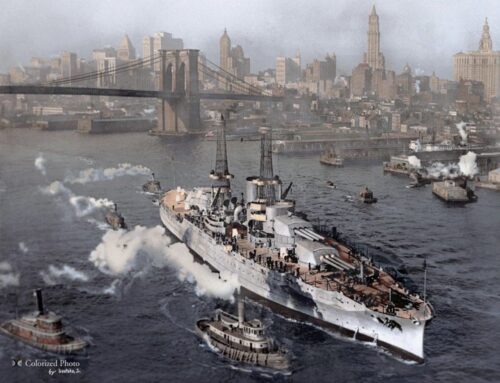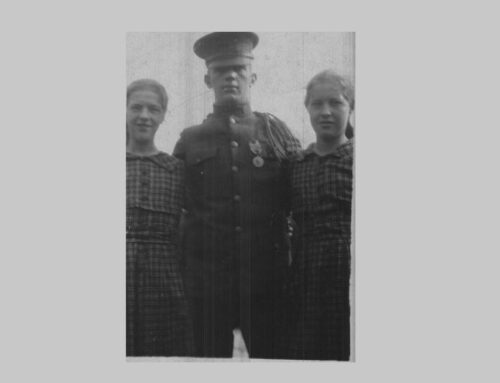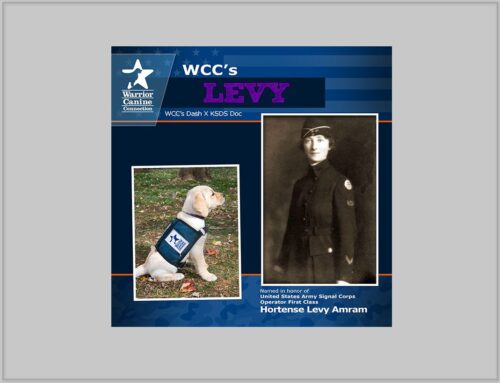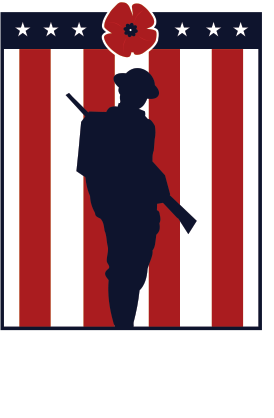Remembering the World War I Generation This Veterans Day
Published: 11 November 2025
By David P. Deavel
via The Association of Mature American Citizens (AMAC) website

WWI-soldiers
Although Veterans Day began as a celebration of the Armistice of 1918, World War I is no longer a part of the American imagination. Instead, Americans (and the West more broadly) look to World War II as the key event of the 20th century into which mature Americans arrived.
It is, of course, fitting to have a day to honor the veterans of every armed conflict in American history, including World War II. But there is both a sadness and a historical blindness to our forgetting of the original “World War” and our place in it. The generation that fought the “Great War” was every bit as heroic as that of their sons in World War II—and deserves to be remembered.
In his best-selling The First World War, historian John Keegan wrote that even before the U.S. had entered the war, there were Americans who had already joined the fighting with the British and Canadian armies as well as the French Foreign Legion. “A large group of American pilots,” Keegan writes, “was already serving in the French air force, where they formed the Lafayette Escadrille, one of the leading air-fighting units on the Western Front.”
Though the U.S. Army was at a low in the beginning of 1917, with only a little over 100,000 men, by the latter part of the year, American Expeditionary Force commander General John “Black Jack” Pershing was planning to have eighty divisions with almost three million men to turn the tide in the war. By March 1918, 318,000 men were in France—with nearly one million more set to arrive over the next five months.
The U.S. had decided conscription was the way to assemble this large army. 24 million young men registered, of which 2,810,000 were drafted. One of them who was called up was my paternal great-uncle, George Bryant Harbaugh.
Thanks to Lori Samuelson, a genealogist and historian (and the wife of my cousin, George’s grandson), I was able to read the letters that George wrote to his fiancée, a young first-generation Swede named Elsie Wilhelmina Johnson, during the “War to End All Wars.”
In Thanks to the Yanks: WWI Letters from an Indiana Farm Boy to His Sweetheart, Samuelson presents images of original letters from George to Elsie (and a few other related letters to and from George) along with transcriptions, a narrative at the beginning of letters from each place, and notes about and pictures of people and places involved.
⇒ Read the entire article on the AMAC website here:
External Web Site Notice: This page contains information directly presented from an external source. The terms and conditions of this page may not be the same as those of this website. Click here to read the full disclaimer notice for external web sites. Thank you.



